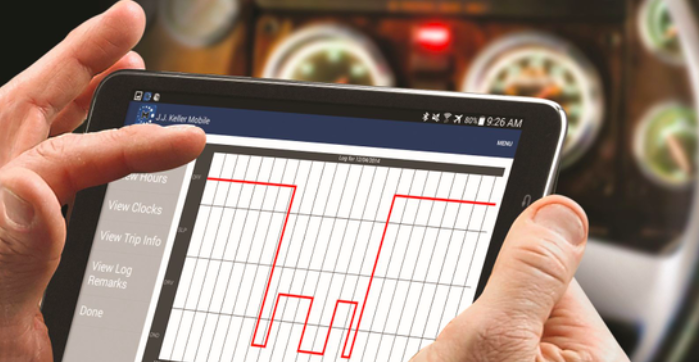Recently, a study with extensive data analysis was carried out by the FMCSA (Federal Motor Carrier Safety Administration) to assess how the ELD (electronic logging devices) mandate affected three important transportation safety-related outcomes: accident counts, hours-of-service (HOS) compliance, and the frequency of unsafe driving. Read this article to find out what the results showed.
Prehistory
The FMCSA enforced a mandate on December 18th, 2017 requiring almost all truck drivers to use an ELD to track their working hours. These devices are harder for a driver to manipulate compared to manual paper logs. Strict enforcement of the mandate began in 2018, with increasing fines for drivers operating without ELDs.
The Number of Accidents Increased
This was a surprising outcome: the number of accidents relative to large asset-based carriers increased. More specifically, weekly accidents increased by 11.6% for carriers with between two and six trucks and independent owner-operators. With big asset-based carriers, there was a slight accident drop, but not one that was significant statistically.
Why did this happen? According to experts, either the overall miles or the number of small carriers increased. Perhaps it’s a combination of both.
HOS Compliance Improved
The ELD rule clearly achieved its first goal: there was considerable improvement of HOS compliance. Frequency of the most egregious forms of wrongdoing dropped by around 36% shortly after the mandate and by more than half after its strict enforcement. Compliance rates of independent owner-operators and small carriers improved the most. Big asset-based carriers were not affected because ELDs were already used by most of them.
Independent owner-operators’ violations dropped to 8.0% during light enforcement and to 6.0% after strict enforcement from 10.6% prior to the mandate. Violation percentages leveled off at around 5-6% for independent owner-operators, which shows the devices don’t eliminate violations completely. This is likely due to the fact that roadside inspections are relatively rare. Drivers may continue to have a financial incentive to violate HOS regulations if they feel they aren’t likely to get caught.
Dangerous Driving Increased
Strict HOS compliance imposed by the ELD mandate can reduce the income of affected drivers because most for-hire interstate drivers are paid based on how much they produce and strict HOS compliance reduces the output of drivers who occasionally flout HOS regulations. A potential response by drivers to reduced driving time could be to start speeding, following cars more closely, or changing lanes more frequently. This could compensate some of the lost income due to strict HOS compliance.
Both carriers with between two and six trucks and independent owner-operators showed a major speed increase after the mandate took effect. This tendency was not observed with big asset-based carriers.
Conclusions of the Study
We can conclude that the ELD mandate dramatically improved HOS compliance, especially among independent owner-operators and small carriers. The carriers most affected do not have fewer accidents, and risky driving appears to have increased for most affected carriers.
Recommendations for the Future
One approach to alleviate the productivity impact on more affected carriers would be to make HOS regulations more flexible, as big fleets have an inherent flexibility advantage over small operators who cannot afford to hold trailer pools at the facilities of their customers. Increased flexibility would reduce the negative impact of delays at unloading and loading facilities for small operators who have to wait to be loaded or unloaded live.
On a final note, it always pays off to be a bit cautious. Rigorous analyses have been performed on the impact of the ELD mandate, but the goal of research should be to provide hard data in order to move the conversation forward. Further study of the field is suggested and recommended.

